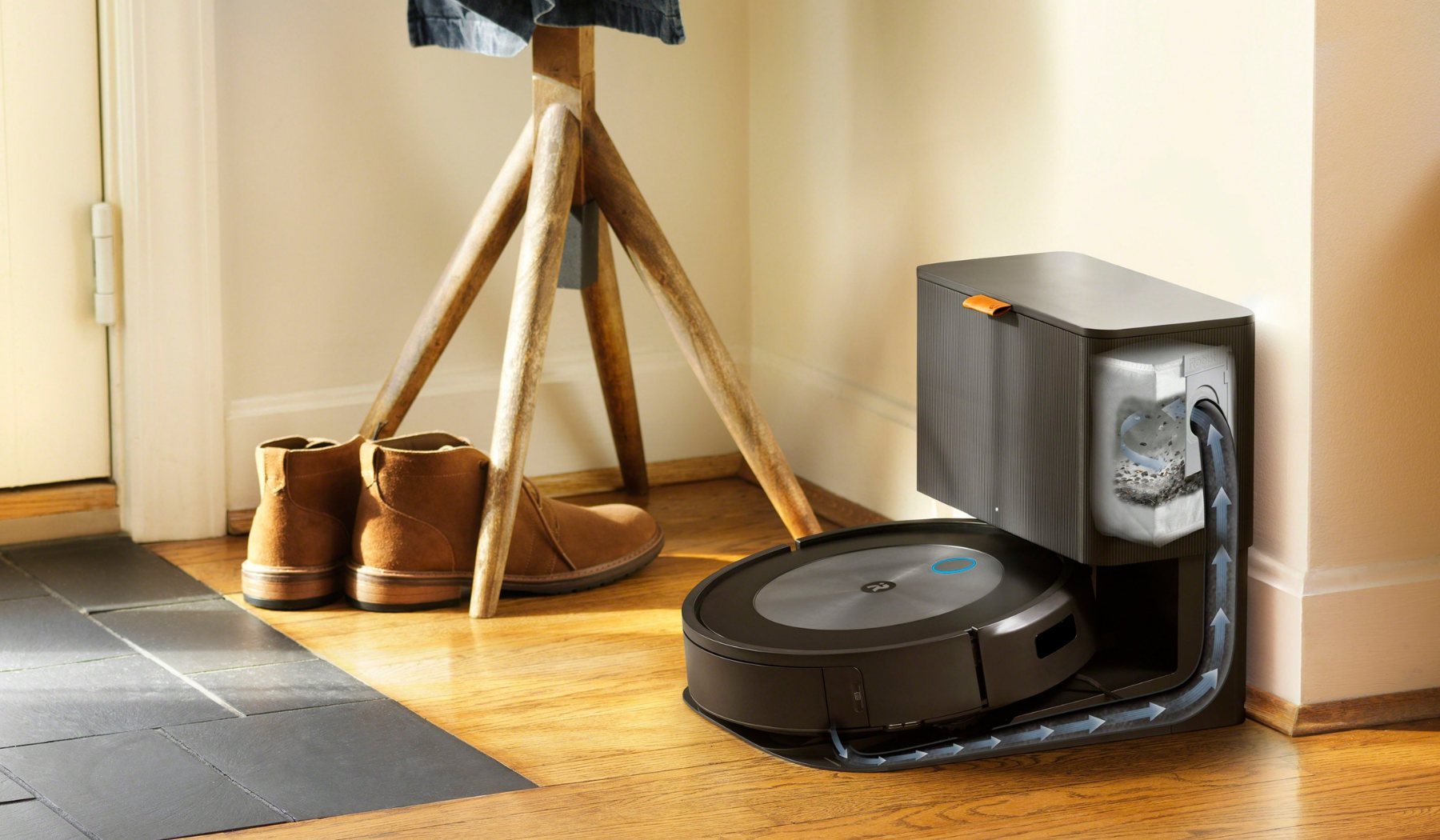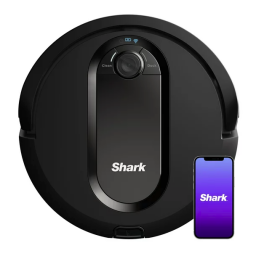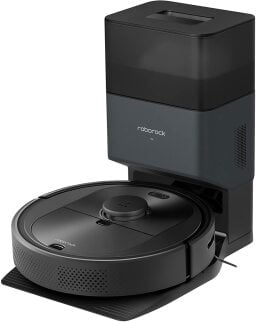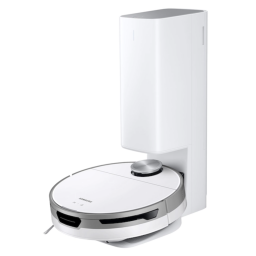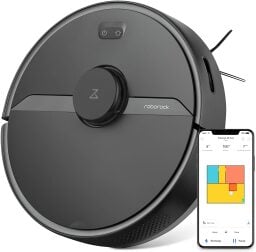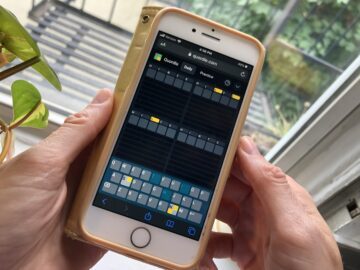UPDATE: Aug. 3, 2022, 4:25 p.m. EDT This story has been updated to include the best deals on robot vacuums from iRobot, Shark, Roborock, and more.
We’ve compiled the best deals on robot vacuums from brands like iRobot, Shark, and Ecovacs. Here are the ones to grab as of Aug. 3:
Only three things are certain in life: Death, taxes, and a few days each month when you need to vacuum but just don’t have time. Whether you detest the chore or get a little bummed when you can’t have that satisfying dance with your Dyson, a robot vacuum is a lifesaver. Shop models on sale below.
Robot vacuums under $200
Why we like it
Shark’s EZ vacuum isn’t decked out with features, but is an efficient daily cleaner for less than $200. It cleans in neat rows, doubling up on dirty areas that need more work.
More robot vacuums under $200
Robot vacuums under $500
Why we like it
Roborock recently debuted a mid-range self-emptier to offset its other self-emptier, which starts at $949.88. The Q5+ is already seeing thousands of five-star reviews for its nimble navigation, floor coverage, and hearty suction. It also comes with a dock that deals with its own debris for seven weeks at a time.
More robot vacuums under $500
Robot vacuums under $800
Why we like it
Amazon’s 34% discount on Samsung’s Jet Bot+ is a gem of a find compared to the full price listed on Samsung’s own website. The Jet Bot+ uses LiDAR to map your home and cleans by identifying the type of surface and amount of dust it’s dealing with. The compact Clean Station holds up to a month’s worth of debris.
More robot vacuums under $800
Robot vacuum and mop hybrids and dedicated robot mops
Why we like it:
Fine with giving up automatic emptying? Roborock’s S6 Pure provides other luxuries, like mopping and LiDAR mapping, at a comfortable cost. Use the app to tell the S6 Pure where you want wet cleaning, dry cleaning, and virtual boundaries based on the map of your home it creates.
More hybrids and robot mops on sale
Are robot vacuums worth it?
The control of an upright vacuum comes with its own type of satisfaction. But if you’re not one to classify cleaning as cathartic, a robot vacuum could erase that huge, agonizing task from of your chore list. (And did we mention the joy of having “first day clean” floors all the time?)
But whether robot vacuums are worth it or not comes with a caveat: It can’t be just any robot vacuum. A cheap robovac that doesn’t do the job right — scattering dust, bumping into walls, getting stuck on area rugs — might actually create more work for you.
What to consider when buying a robot vacuum
-
Suction power: A vacuum is the one purchase that you hope sucks a lot. Suction power is typically measured in Pascals (Pa), with most current vacs ranging between 1,500 Pa and 3,000 Pa. Stronger sucking will be needed to pick up heavier pieces of debris (be sure to set a no-go zone around Legos) and to pull matted-down pet hair from rugs.
-
Floor type: Carpeting and high pile rugs will probably require stronger suction than hard floors, as well as special features like an extra-wide or self-cleaning brush roll to prevent hair from wrapping and clogging. Folks in homes with multiple floor types might consider a bigger, sturdier robot vacuum that can hurl itself and its wheels over mats, rugs, and transitions from carpet to hard floors.
-
Automatic emptying: Because robot vacuums are typically under four inches tall, their onboard dust bins are also small — which means they frequently require emptying. (Dustbins fill up particularly quickly in homes with pets.) A self-emptying vacuum takes that job out of your hands, emptying itself into a larger dustbin in its charging dock. These larger bins can typically hold weeks of dirt without needing to be cleaned or dumped out.
-
Home layout: Every robot vacuum is equipped with sensors and drop detection. But if your home has lots of rooms, lots of turns, or lots of close-together furniture, you’ll have fewer navigation issues with an advanced model that uses intelligent mapping to remember exactly how your home is laid out, including labeling of specific rooms, mental notes of staircases, and ability to deploy zone cleaning.
-
Low-profile furniture: No one should have to be scared about what’s accumulated under their couch over the past year. A robot vacuum measuring three inches or less in height should be able to scoot under most low-hanging couches and beds.
-
Battery life and square footage: One of the main complaints people have about their robot vacuum is that it craps out in the middle of the floor. Larger spaces require more time to clean, and it all depends on how annoyed you’ll be if it only finishes a few rooms at a time. Average run times for the list below range between 90 and 200 minutes, which translate to about 500 and 2,800 square feet covered on one charge.
-
App control: WiFi-enabled robot vacuums can be synced with a smartphone app to control scheduling, manual start, cleaning settings, as well as telling your vac to make its rounds when you’re not home. Low-end models that don’t connect to WiFi will usually come with a separate remote. If you’re used to asking Alexa or Google to turn off the lights or tell you the weather, a model with voice integration will blend in nicely.
